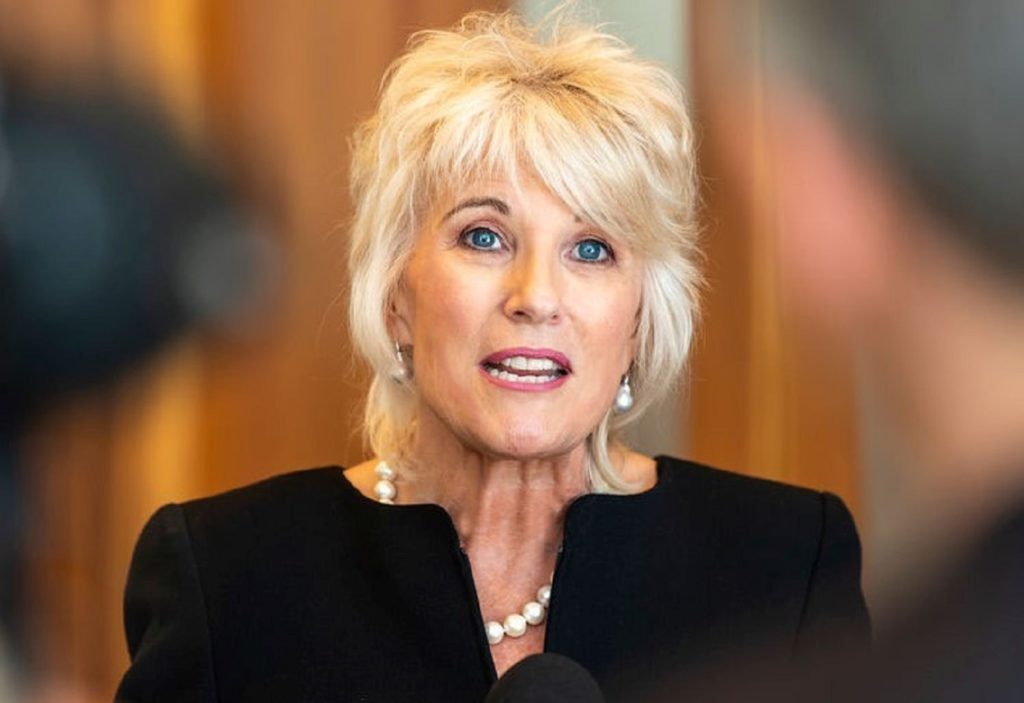Australia’s national gender pay gap has officially dropped to 13.4 per cent, marking a small decline of 0.6 percentage points in the gap between men and women’s full-time earnings over the last six months.
The Workplace Gender Equality Agency (WGEA) released the figure on Thursday according to latest set of data from the Australian Bureau of Statistics. It indicates that on average, men in Australia who work full-time out earn women who work full-time by $242.20 per week. On average, women earn a full-time base salary of $1562.00 per week, and men earn a full-time base salary of $1804.20.
The gender pay gap figure calculated by the WGEA measures the difference between average weekly full-time earnings of women and men, and is expressed as a percentage of men’s earnings.
Libby Lyons, director of the WGEA, said the drop in the gender pay gap was mostly due to labour market volatility during the pandemic, and not a result of improved structural changes for women in the workforce.
“I understand that this result is, in part, due to an increase in the number of men in lower-paid full-time employment. After all the economic shocks and uncertainties we lived through in 2020, it is very welcome news to have more people in full-time jobs,” she said.
“It does not, however, reflect any underlying structural changes to women’s overall position in the workforce.
“I expect to see more labour market volatility over the next 12-24 months as the nation settles into a new post-COVID-19 employment environment.”
As Australia recovers from the pandemic, Lyons said we may well see men’s wages increase, with little or no improvement in women’s wages.
“If this happens, it is feasible that the gender pay gap will increase,” she said.
The gender pay gap figure calculated by WGEA does not include the number of men and women who are under-employed, or those who have their hours reduced or left the workforce all together.
Lyons said there are indications that progress towards gender equality in Australian workplaces has stalled, and employers need to ensure gender equality remains a business priority.
“The challenge we now face is to ensure that all employers take immediate action to remedy this and reverse the indicative trend,” she said.
“I appreciate that 2020 was a very difficult year for many Australian businesses but we cannot allow the effects of the COVID-19 pandemic to be an excuse for inaction and inertia. Our economic recovery depends on women and men having genuine choice and equal access to re-engage and fully participate in the workforce.”
The business case for improving gender equality is clear, with research and business outcomes showing it can improve performance, productivity and profitability.
“Achieving workplace gender equality is not just a commercial imperative. It is also one of the most effective ways to close our nation’s stubborn gender pay gap. Australian employers play a crucial role in this process,” Lyons said.
“I urge all employers to pick up the pace and take action on pay equity to ensure the work of all female employees is fairly valued and rewarded, as is the case for men.”


